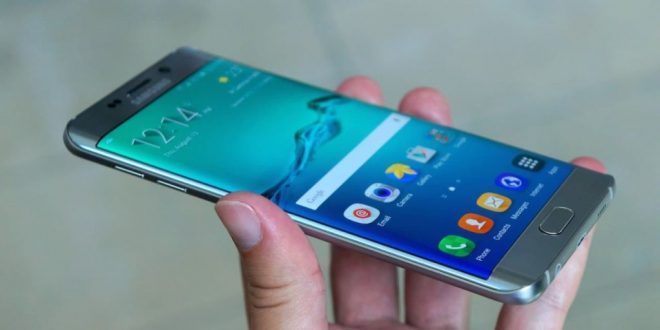After months of speculation over what happened to the Galaxy Note 7, Samsung’s official probe has concluded that not one, but two distinct battery flaws caused some devices to explode.
Batteries made by Samsung’s SDI group were too small at one corner, causing negative electrodes to be bent and increase the likelihood of short circuiting. Separately, batteries from third party provider Amperex Technology Ltd were incorrectly welded. Points left on the batteries were able to penetrate protective insulation.
During a press conference, the firm didn’t name either of the companies involved in the battery production – referring to them only as Company A and B – but it had already named them in 2016. Battery problems hit more than one batch of devices and led to a drop in mobile profits for Samsung in the third quarter of 2016.
“Samsung’s investigation, as well as the investigations completed by three independent industry organisations, concluded that the batteries were the cause of the Galaxy Note7 incidents,” Samsung said in a statement. The firm said it had inspected both software and hardware, with the only faults being found in the batteries themselves.
Before announcing the findings DJ Koh, President of Samsung Mobile said he wanted to “deeply apologise” for the incident.
In the batteries produced by its own company, Samsung shows graphics of “abnormal” positioning of the negative electrode in the top right-hand corner of the battery. Samsung says the deformation combined with a thin separator and mechanical stresses is the “one major failure mechanism” with the batteries.
Samsung says: “Additional investigation is needed to understand the root-cause of the deformations at the upper corners.”
The batteries produced by Amperex were described as having “multiple contributing factors relating to production quality and battery design”. It was concluded missing insulation tape and the sharp edges led to the problems. Samsung, once again, said it needed further analysis to understand the root-cause of the damage.
Samsung executives appearing at its press conference said they hoped the debacle would “serve as an opportunity to improve the safety of lithium-ion batteries”. Going forward the firm said an eight-point battery safety check was being introduced. This will involve durability tests as well as X-rays and other reliability checks.
As well as this it is using “multi-layer safety measures” to ensure there are consistent safety standards across its products and a battery advisory group of external advisors has been created.
Samsung has also revealed its next leading device – the Galaxy S8 – will not be revealed at this year’s Mobile World Congress. For the last three years, the company has revealed leading phones at the conference in Barcelona.
Agencies/Canadajournal
 Canada Journal – News of the World Articles and videos to bring you the biggest Canadian news stories from across the country every day
Canada Journal – News of the World Articles and videos to bring you the biggest Canadian news stories from across the country every day



